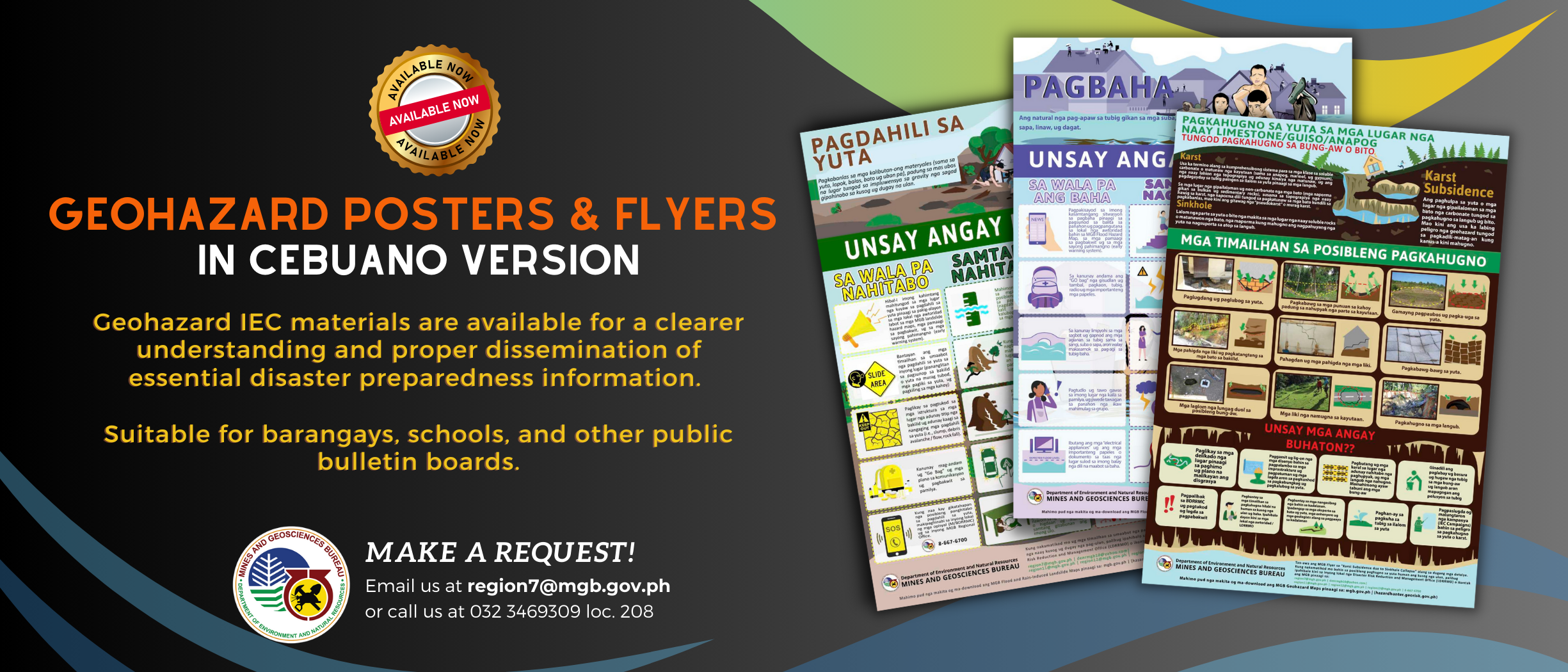CEBU CITY, Aug. 5 (PIA) — The Mines and Geosciences Bureau (MGB-7) is encouraging local government units (LGUs) in the region to make use of the geohazard maps to boost their disaster preparedness measures especially with the onset of the rainy season.
During the first virtual Kapihan sa PIA Central Visayas, Josephine Aleta, Supervising Geologist of the Geohazards and Engineering Geology Section, emphasized the importance of geohazard maps.
“We are encouraging LGUs to use it for their comprehensive land use plan. Magamit nila to guide them in determining the areas kung saan sila pwede mag-develop (They can use it as guide in determining the areas where they can develop,)” said Aleta.
Geohazard maps are specialized maps that indicate the hazard susceptibility of areas.
These maps are useful for disaster preparedness and management.
The geohazard maps developed by MGB contain information on areas susceptible to rain-induced landslides and flooding.
With the onset of the rainy season, MGB has also issued “red advisories” for LGUs that might be vulnerable to tropical cyclones, including barangays that are prone to landslides.
In 2017, MGB-7 distributed the geohazard maps to various LGUs in the region.
The bureau is currently updating their geohazard data.
“In the course of our regular activities, we are also updating our geohazard data. So rest assured, MGB is doing its best to update yung aming geohazard data para magamit nila sa kanilang developmental programs (our geohazard data so they can use it for their developmental programs),” said Aleta.
In Region 7, areas that are more prone to landslides are the northern portion of Cebu province and Negros Oriental.
Aleta underscored that “geohazards do not have to become a disaster if people are informed and prepared.”
The geohazard maps in 1:10,000 scale can be accessed through www.mgb.gov.ph or gdis.mgb.gov.ph/mgbpublic. (poc/PIA7)






